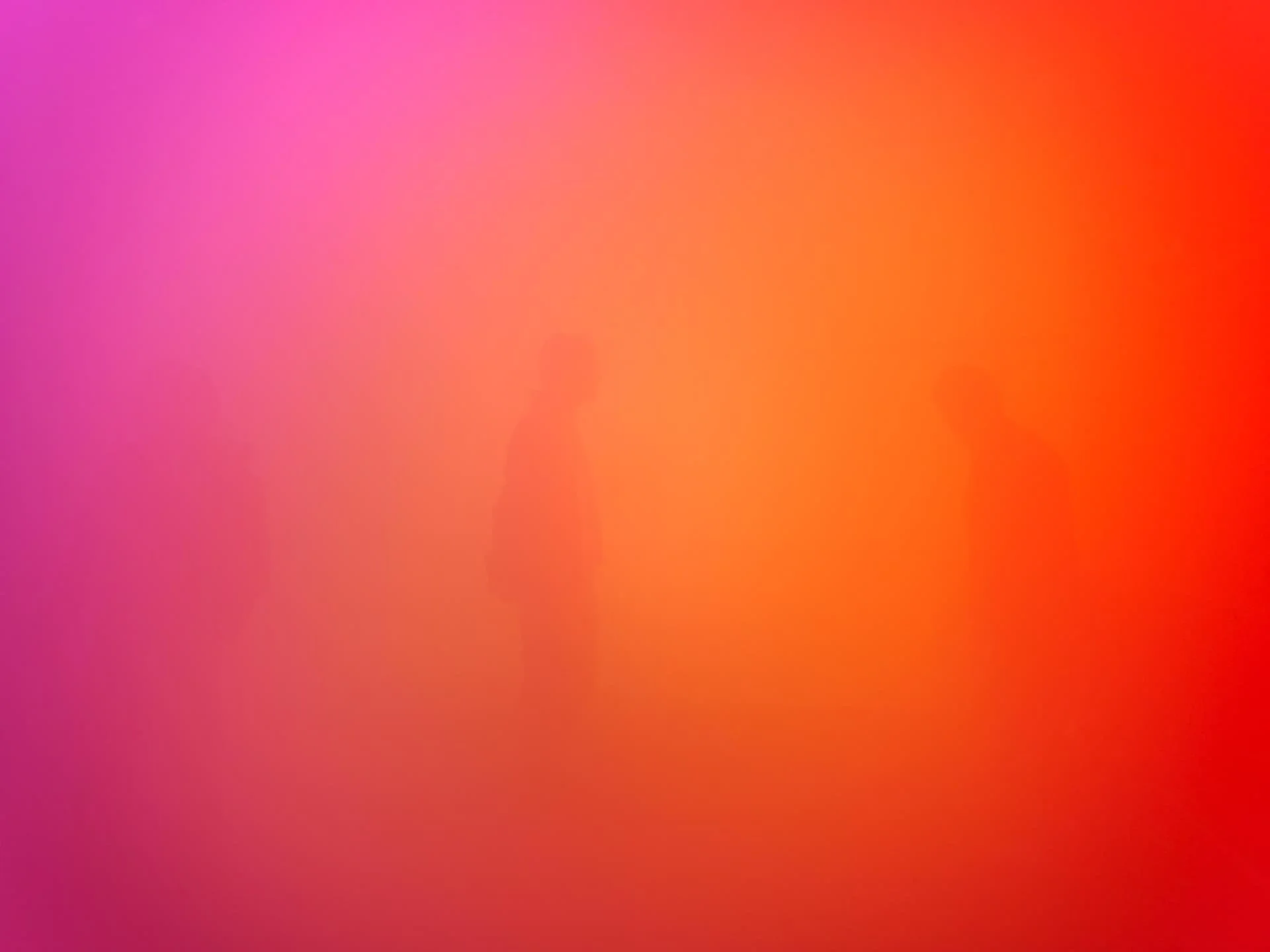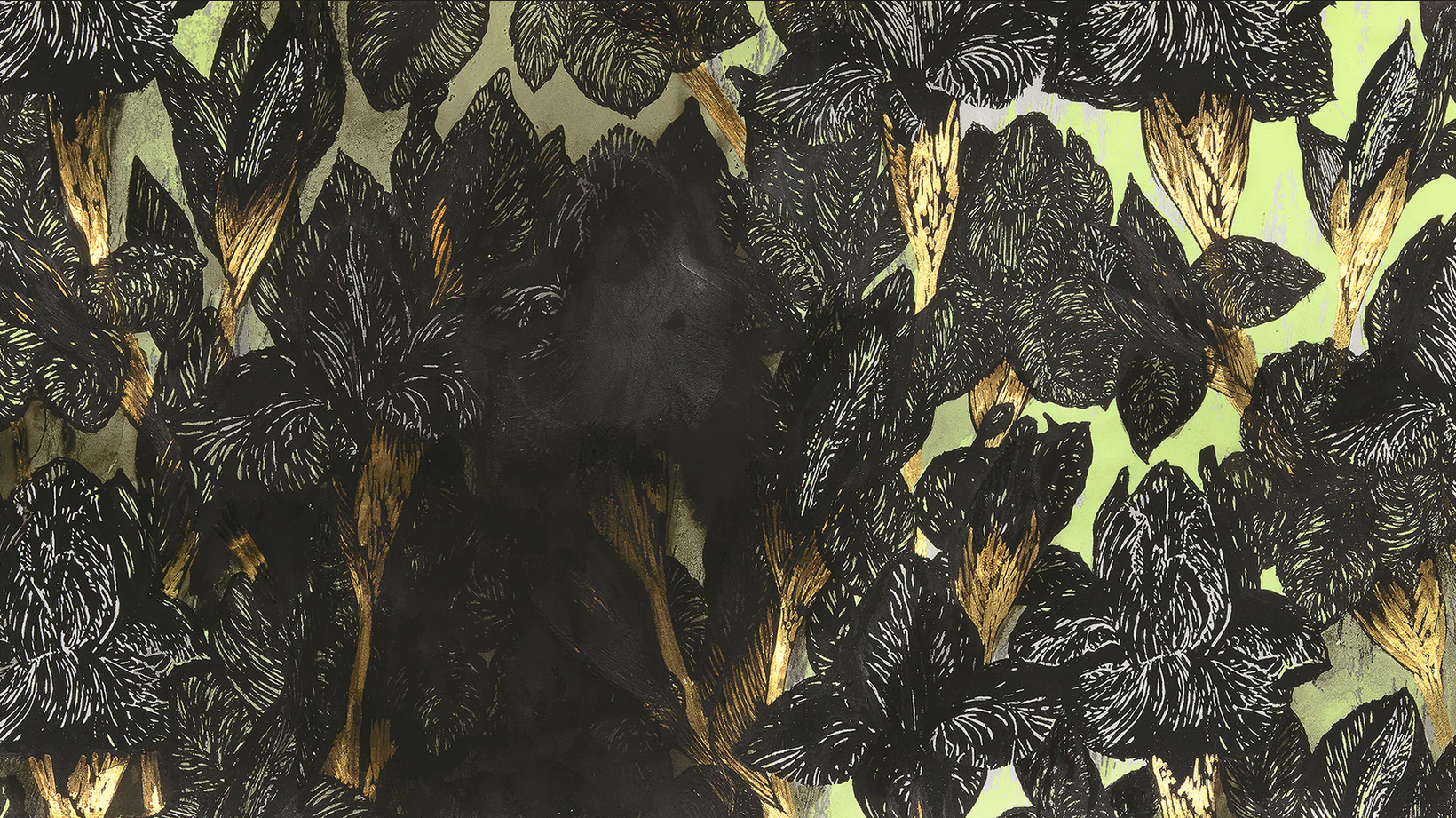Ann Veronica Janssens, Philippe Parreno
November 22, 2025 – June 25, 2026 | The PoMo Collection, Trondheim
The newly established PoMo Collection is growing rapidly. The collection is constantly evolving, with new works that contribute to its relevance, distinctiveness and high international quality. We are also committed to ensuring that the collection represents a wide diversity of artists, across gender, generations, backgrounds and artistic expressions. In this way, the works reflect the cultural and political shifts of our time, while maintaining a timeless relevance.
The presentation also offers a first encounter with new acquisitions, including the installation Amber, Pink and Wisteria (2025) by Ann Veronica Janssens, one of the artist’s iconic fog rooms. Here, you are invited to step inside the artwork itself and experience how time and space dissolve in a symphony of colour. The piece has been site specifically developed for PoMo in collaboration with the artist, who is already represented in the collection with her luminous glass works Sunset B, CL2E354 and CL2 (2020).




















